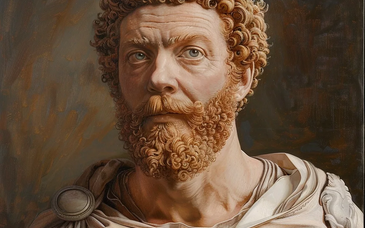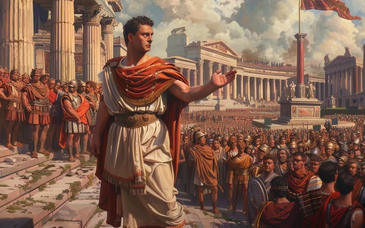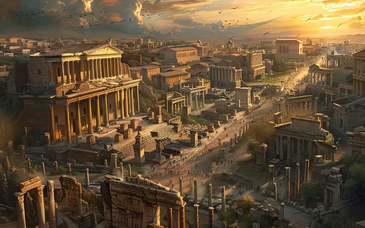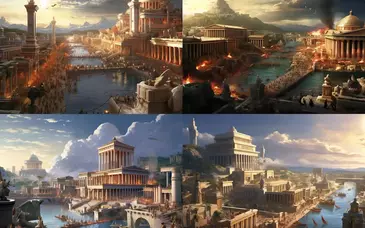Rome, the Eternal City, stands as a living testament to centuries of history, culture, and architectural brilliance. In this post, we embark on a journey through the heart of Italy, unraveling the stories behind Rome's iconic landmarks and historical sites that have shaped the course of Western civilization.
🏛️ The Colosseum: A Gladiatorial Marvel: At the heart of Rome stands the Colosseum, an ancient amphitheater that once echoed with the roars of spectators and clashed with the gladiatorial contests. Discover the engineering marvels of this colossal structure and the tales of bravery and spectacle that unfolded within its walls.
⛪ The Vatican City: Spiritual and Artistic Epitome: Venture into the Vatican City, a sovereign state within Rome, home to St. Peter's Basilica and the Vatican Museums. Explore the spiritual and artistic treasures encapsulated in the Sistine Chapel, adorned with the timeless masterpieces of Michelangelo.
🏛️ Roman Forum: The Heart of Ancient Rome: Step back in time at the Roman Forum, once the political, commercial, and religious center of ancient Rome. Wander through the remnants of temples, arches, and basilicas, and envision the bustling life that animated this civic space in antiquity.
🏛️ Pantheon: Architectural Marvel of Antiquity: Marvel at the Pantheon, a testament to ancient Roman engineering and architecture. Admire the iconic dome, a structural wonder that has inspired architects for centuries. Learn about its transformation from a pagan temple to a Christian church.
🏛️ Trevi Fountain: Wishing Well of Legends: Visit the Trevi Fountain, a Baroque masterpiece that draws millions of visitors each year. Immerse yourself in the lore of tossing a coin into the fountain, a tradition believed to ensure a return to the Eternal City.
🏛️ The Spanish Steps: A Monumental Staircase: Climb the Spanish Steps, a grand staircase adorned with terracotta flower pots and embraced by the Trinità dei Monti church at the summit. This elegant structure has served as a meeting point and cultural hub for centuries.
⛪ The Catacombs: Subterranean Mysteries: Descend into the eerie yet fascinating catacombs of Rome, a vast network of underground burial sites. Explore the Christian catacombs, where early Christians buried their dead and left behind intricate frescoes and symbols.
🏰 Castel Sant'Angelo: Fortress of History: Uncover the secrets of Castel Sant'Angelo, a fortress on the banks of the Tiber River. Originally built as a mausoleum for Emperor Hadrian, it later served as a papal fortress and prison, witnessing centuries of historical events.
🏛️ Palatine Hill: Imperial Residences: Ascend Palatine Hill, where emperors once built their opulent palaces overlooking the Roman Forum. Wander through the archaeological remains and enjoy panoramic views of the cityscape.
🌍 Historical Neighborhoods and Streets: Stroll through the historical neighborhoods of Trastevere, the Jewish Ghetto, and the cobbled streets of the city center. Each corner tells a story, and every building echoes with the charm of Rome's diverse past.
Rome's landmarks and historical sites are not mere remnants of the past; they are living chapters of an ongoing narrative that unfolds with every step. Join us in this exploration of timeless splendors, where the echoes of ancient civilizations harmonize with the vibrant pulse of modern Rome.






